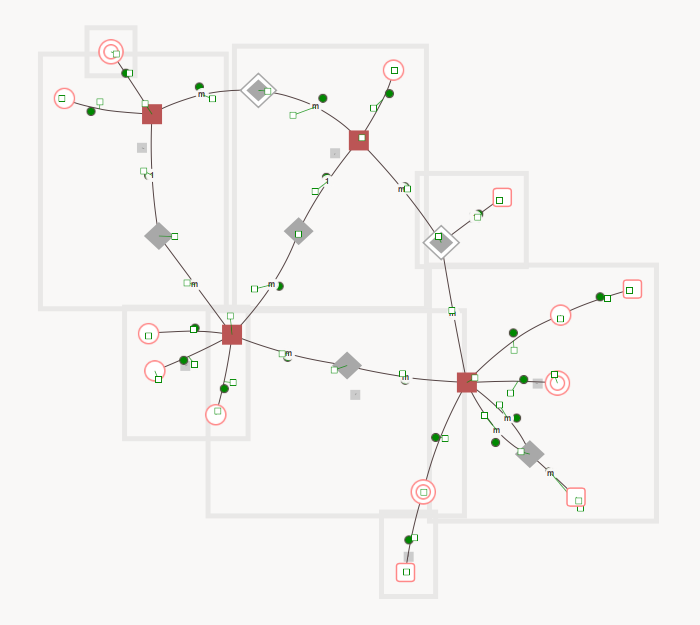At the Next Generation DWH Modeling event tomorrow, we are proud to announce concurrent-temporal Anchor Modeling, which adds support for multi-temporal modeling, information reliability, and enhanced time traveling. The presentation, with the subtitle “What if you could travel through time and become someone else?” is available by clicking this link: Back to the Moment.
We finished the research during the autumn of last year and have since been working on producing a scientific paper and implementing the code generation in our modeling tool. Neither is yet finished, but we have enough material, and a couple of actual (hand-made) implementations, to go public. We expect to have code generation finished after the summer and the paper to follow after that. There is an example showing inflation estimates using concurrent-temporal modeling available by clicking here.
The Simple Bitemporal Test made using concurrent-temporal Anchor Modeling can be found by clicking here. Please note that this was an early experiment, and that we have changed the way the restatement checking works, as well as added insert, update, and delete triggers since. It does, however, convey the general idea of concurrency and reliability.
